Introduction: How to Prevent Separation Anxiety in Dogs
If you’re wondering how to prevent separation anxiety in dogs, you’re not alone. Many pet parents face the heartbreak of seeing their furry friend stress out when left alone. But don’t worry—this guide will walk you through simple, proven techniques to ease your dog’s anxiety and build their confidence.
Table of Contents
What Is Separation Anxiety in Dogs?
Separation anxiety is a condition where dogs panic when separated from their owner or left alone. Common signs include:
- Excessive barking or whining
- Destructive chewing or digging
- House soiling
- Pacing or attempting to escape
Understanding the root causes—like boredom, lack of training, or over-dependence—is key to solving the problem.
Why Dogs Develop Separation Anxiety
Common Triggers
- Sudden changes in routine (e.g., post-pandemic lifestyle shifts)
- Moving to a new home
- Loss of a family member or another pet
- Lack of mental stimulation
At-Risk Breeds
While any dog can experience separation anxiety, certain breeds like Labrador Retrievers, Border Collies, and German Shepherds are more prone due to their attachment-driven nature.
Proven Ways to Prevent Separation Anxiety in Dogs
1. Establish a Predictable Routine
Dogs thrive on consistency. Keep feeding, walking, and bedtime routines consistent to reduce anxiety.
2. Practice Gradual Departures and Returns
Start with short absences and gradually increase the time away. This teaches your dog that you’ll always come back.
3. Create a Comforting Environment
- Leave a worn t-shirt with your scent
- Use white noise or calming music
- Offer puzzle toys or treat-dispensing toys to keep them engaged
Clicker Training for Dogs: A Game-Changer
What Is Clicker Training?
Clicker training is a positive reinforcement method using a small device that makes a “click” sound to mark desired behaviors.
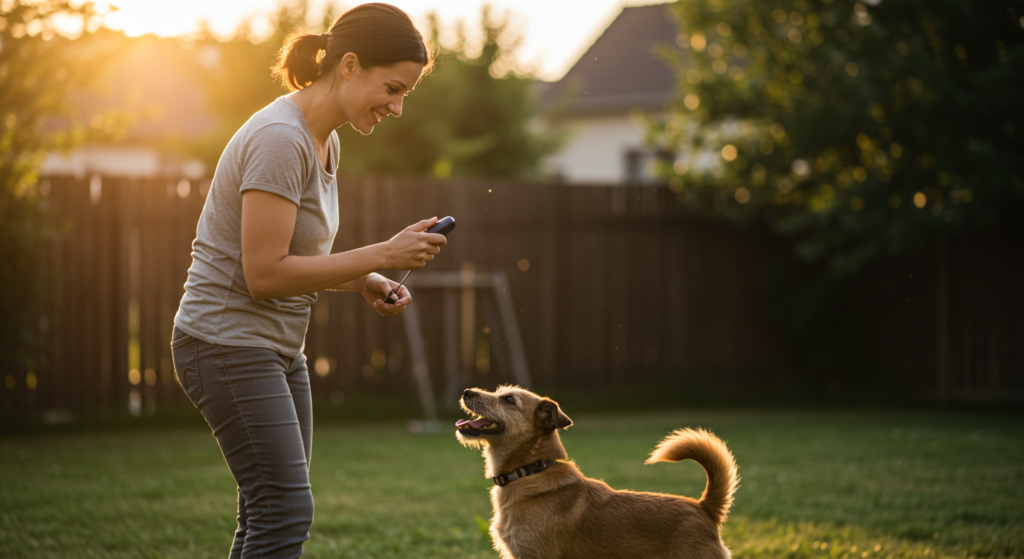
How to Use a Clicker for Separation Anxiety
- Charge the Clicker: Click and reward several times to create a positive association.
- Click for Calm Behavior: If your dog stays calm as you grab your keys or put on your shoes, click and treat.
- Reinforce Independence: Reward your dog for relaxing on their own in a different room.
Benefits of Clicker Training
- Builds confidence
- Reinforces calm behaviors
- Creates a communication bridge between you and your dog
Positive Reinforcement Techniques That Help
Positive reinforcement means rewarding your dog for the behaviors you want to see more of. This method is humane, science-based, and effective.
Examples:
- Treats for staying calm during your departure routine
- Praise when your dog chooses to lie quietly
- Playtime after short absences
Tip: Avoid scolding your dog for anxious behaviors. Fear and punishment can make things worse.
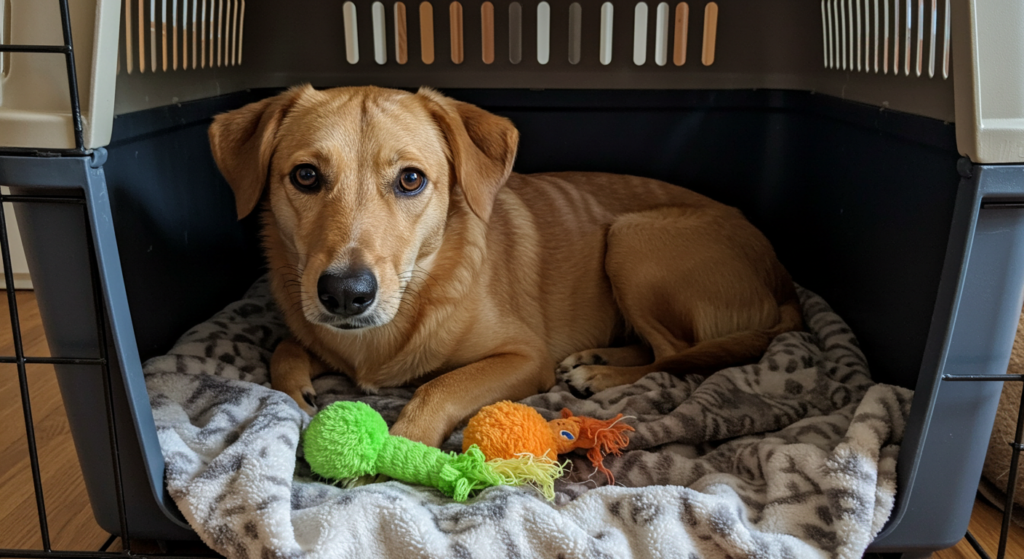
Additional Tips to Prevent Dog Anxiety
- Exercise: A tired dog is a calm dog. Daily walks and play sessions can burn off nervous energy.
- Obedience Training: Basic commands like “stay” and “place” teach impulse control.
- Doggy Daycare or Pet Sitters: For high-anxiety dogs, companionship during your absence can make a huge difference.
- Desensitization: Practice “false departures” like picking up your keys and sitting back down.
FAQs: Clicker Training & Separation Anxiety
1. Can clicker training really help with separation anxiety?
Yes! Clicker training reinforces calm, independent behavior and helps your dog associate your departure with positive outcomes.
2. How long does it take to see results?
Every dog is different. With consistency, some owners see improvement in a few weeks, while others may take longer.
3. Is clicker training suitable for older dogs?
Absolutely. Dogs of all ages can benefit from clicker training—it’s never too late to start.
4. What if my dog doesn’t respond to treats?
Try using favorite toys, praise, or real-life rewards like opening the door or starting a walk.
5. Should I crate train my anxious dog?
If used correctly, crates can be a safe, comforting space. But never use them as punishment.
Conclusion: Try Clicker Training Today!
Preventing separation anxiety in dogs is all about patience, consistency, and positive reinforcement. Clicker training, daily routines, and thoughtful enrichment can transform your anxious pup into a confident, relaxed companion.
Key Takeaways:
- Recognize early signs of anxiety
- Use clicker training and positive reinforcement
- Make your departures and arrivals low-key
- Stay consistent and be patient

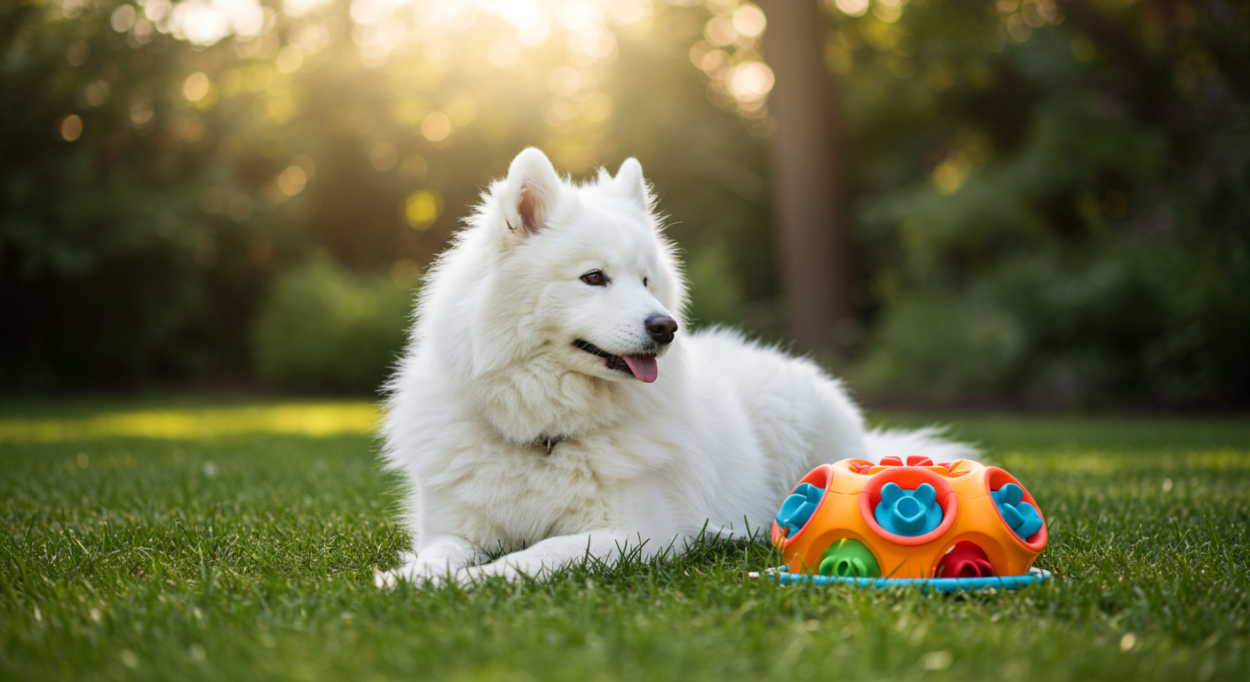
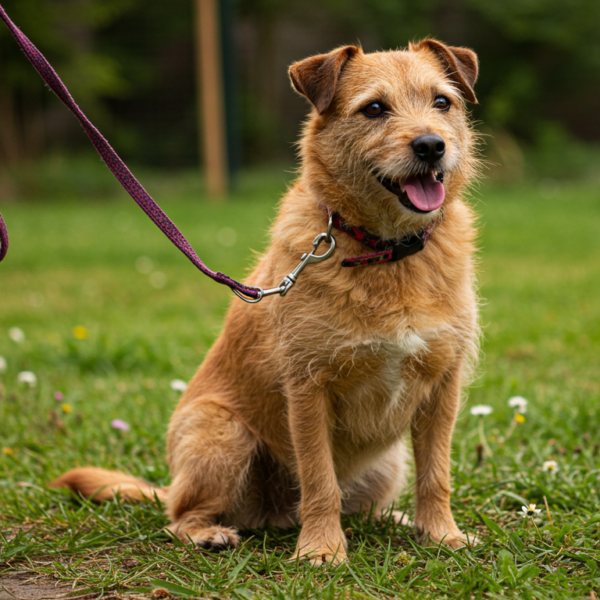

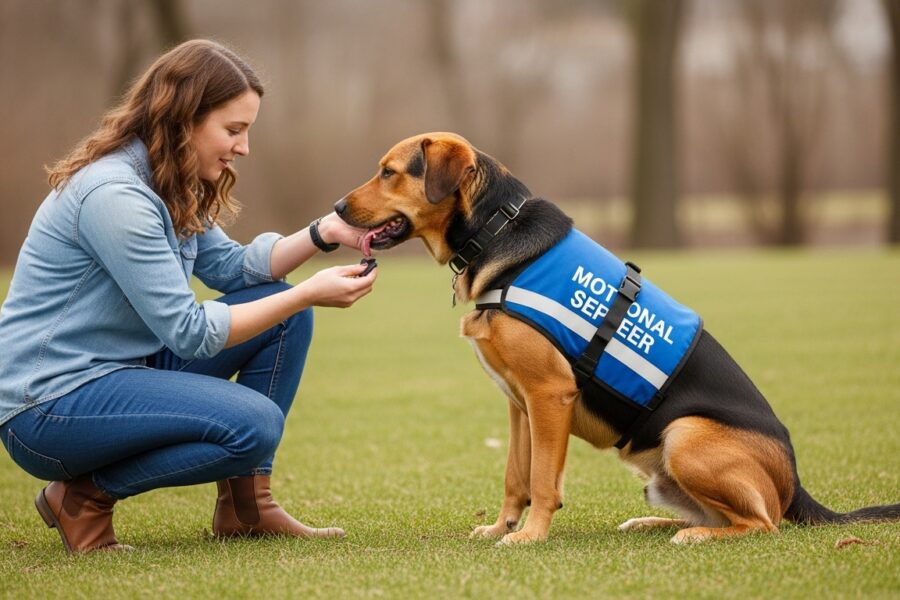

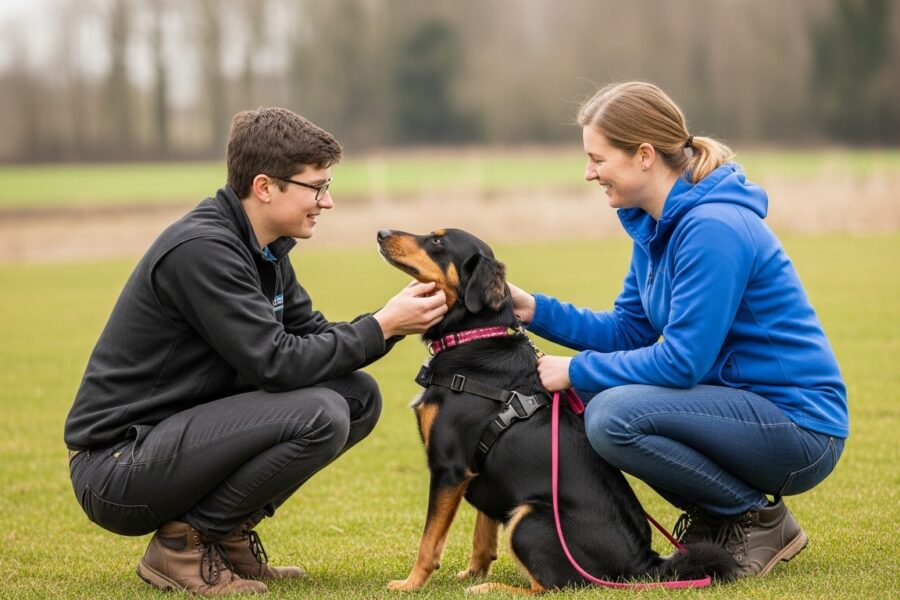

Sign up